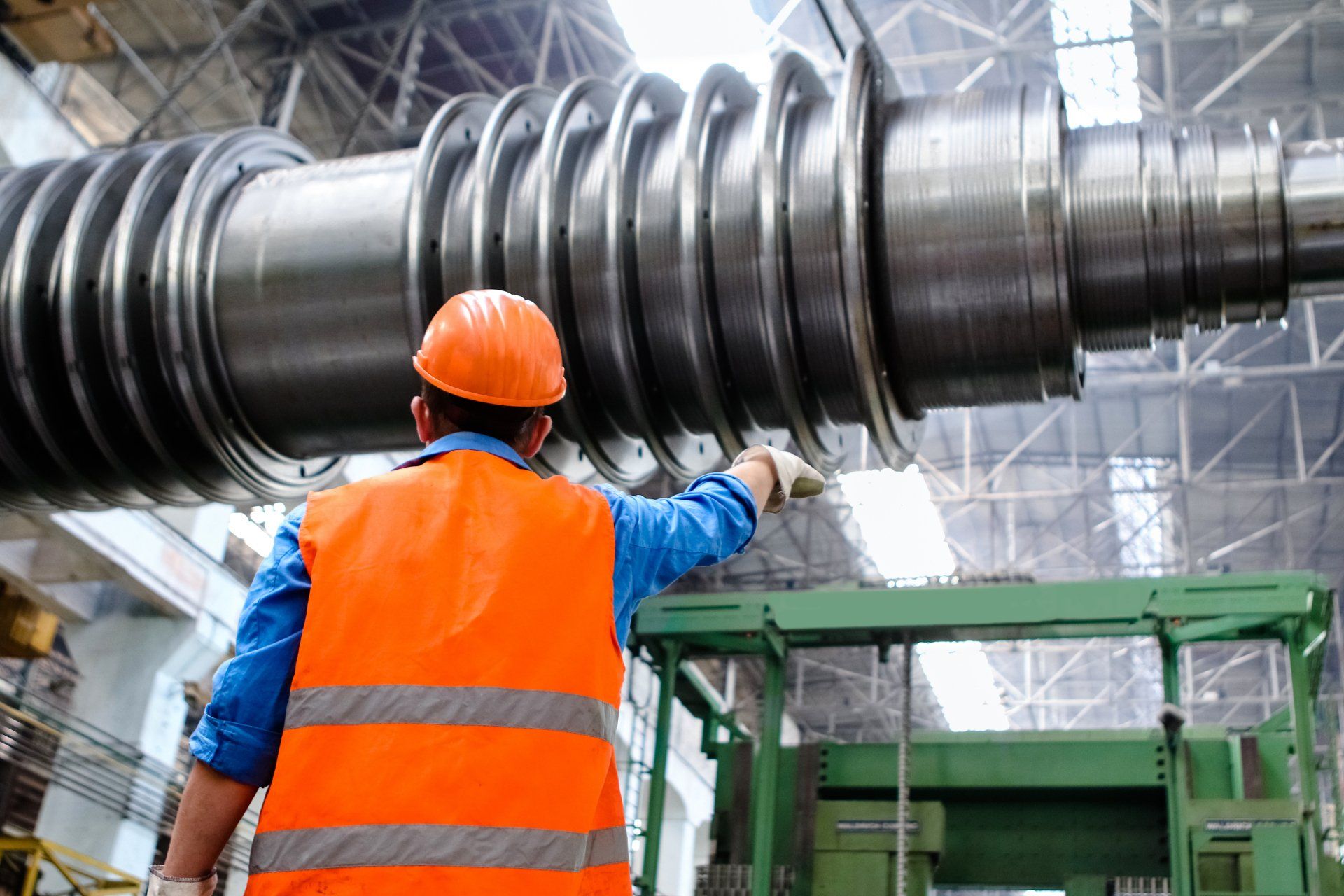The manufacturing industry was once dominated by manual labor and traditional processes, but now is undergoing a digital transformation. This shift is driven by the availability of automation, which has changed the way products are designed, produced, and delivered. Automation in manufacturing entails a range of technologies that streamline operations, enhance efficiency, and improve product quality. We discuss the potential power of automation in the manufacturing industry, examining its benefits, implementation strategies, and future trends.
The History of Automation in Manufacturing
Automation in manufacturing is not a new concept. The journey began with the Industrial Revolution, which introduced mechanization to replace manual labor. Over the years, advancements in technology have brought us to the current era of smart manufacturing, where robotics, artificial intelligence (AI), and the Internet of Things (IoT) play pivotal roles.
Benefits of Automation in Manufacturing
- Increased Productivity and Efficiency: Automation significantly boosts productivity by enabling continuous operation without human intervention. Machines can work 24/7, leading to higher output and faster production cycles. Automated systems also reduce downtime caused by human errors, maintenance, and shift changes, ensuring a smooth and efficient production process.
- Enhanced Precision and Quality: Automated manufacturing systems are designed to perform tasks with high precision and consistency. This results in products that meet stringent quality standards with minimal defects. Technologies such as computer numerical control (CNC) machines and robotic arms ensure that every component is produced to exact specifications, enhancing overall product quality.
- Cost Reduction: While the initial investment in automation technology can be substantial, the long-term cost savings are significant. Automation reduces labor costs, minimizes waste, and optimizes resource utilization. Additionally, automated systems can predict maintenance needs and prevent costly breakdowns, further lowering operational expenses.
- Improved Safety: Manufacturing environments often involve hazardous tasks that pose risks to human workers. Automation mitigates these risks by assigning dangerous and repetitive tasks to robots and machines. This not only enhances workplace safety but also reduces the incidence of work-related injuries and illnesses.
- Flexibility and Scalability: Modern automated systems are highly flexible and can be easily reprogrammed to accommodate different products and production requirements. This adaptability allows manufacturers to respond quickly to market demands and customize products without significant retooling. Automation also facilitates scalability, enabling manufacturers to increase or decrease production volumes with ease.
How to Implement Automation in Manufacturing
- Identify Automation Opportunities: The first step in implementing automation is to identify processes that can benefit from automation. Conduct a thorough analysis of the production line to pinpoint bottlenecks, repetitive tasks, and areas prone to errors. Prioritize processes that will yield the highest return on investment (ROI) when automated.
- Choose the Right Technology: Selecting the appropriate automation technology is crucial for successful implementation. Evaluate various options, such as industrial robots, AI-driven systems, and IoT-enabled devices, based on the specific needs of your manufacturing operations. Consider factors like ease of integration, scalability, and compatibility with existing systems.
- Develop a Detailed Plan: A well-structured implementation plan is essential for a smooth transition to automated manufacturing. Outline the scope, objectives, timelines, and resources required for the project. Include pilot programs and phased rollouts to test and refine the automated systems before full-scale deployment.
- Invest in Training and Support: Automation requires a skilled workforce to manage and maintain the systems. Invest in training programs to equip employees with the necessary skills to operate and troubleshoot automated equipment. Additionally, establish a support system to address any technical issues that may arise during and after implementation.
- Monitor and Optimize: Continuous monitoring and optimization are vital to ensure the effectiveness of automated systems. Collect and analyze data on system performance, production metrics, and quality outcomes. Use this information to identify areas for improvement and make necessary adjustments to enhance efficiency and productivity.
What Automation in Manufacturing Looks Like
The future of manufacturing automation is bright, with several emerging trends poised to drive further advancements:
- Artificial Intelligence and Machine Learning: AI and machine learning are set to revolutionize manufacturing by enabling predictive maintenance, quality control, and process optimization. These technologies can analyze vast amounts of data to identify patterns and make real-time decisions, leading to more efficient and intelligent manufacturing processes.
- Collaborative Robots (Cobots): Cobots are designed to work alongside human workers, enhancing productivity and safety. Unlike traditional industrial robots, cobots are flexible, easy to program, and capable of performing a variety of tasks. Their ability to collaborate with humans opens up new possibilities for automation in manufacturing.
- Industrial Internet of Things (IoT): The IoT connects machines, devices, and systems within a manufacturing environment, enabling seamless communication and data exchange. This connectivity facilitates real-time monitoring, predictive maintenance, and improved supply chain management. The IoT is a key enabler of smart manufacturing and Industry 4.0.
- Additive Manufacturing: Also known as 3D printing, additive manufacturing is transforming the production of complex and customized components. Automation plays a crucial role in additive manufacturing by streamlining the design, prototyping, and production processes. This technology allows manufacturers to produce parts on demand, reducing inventory costs and lead times.
- Sustainable Manufacturing: Automation can contribute to sustainability by optimizing resource usage, reducing waste, and minimizing energy consumption. Automated systems can monitor and control environmental parameters, ensuring compliance with sustainability goals and regulations.
Manufacturers can easily overcome traditional challenges, enhance product quality, and remain competitive in a rapidly evolving market. As technology continues to advance, the potential for automation in manufacturing will only grow, driving further innovation and transformation. Book a demo today to learn how you can speed up your turn time for digital transformation in our platform.







